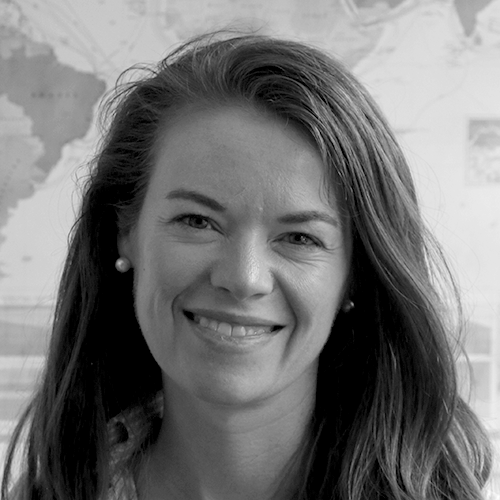In 2024, we saw many telecom headlines in the mainstream media. There were stories on the evening news about submarine cables relating to geopolitics, network outages, and even the potential impact of AI.
At this year’s Pacific Telecommunications Council conference, I thought it would be interesting to take a closer look at how those headlines actually impacted the market in terms of pricing.
Submarine cables are always a hot topic, and 2024 was no different. With the number of delayed systems finally coming to fruition and cable announcements throughout the year, there was a lot of anticipation about the impact of this new supply on markets around the world.
Wavelength prices continued their steady decline throughout 2024. Across key routes, weighted median 100 Gbps prices decreased an average of about 11% compounded annually over the past three years.

Now, how these new network investments impact each region varies significantly.
Below, I’ve mapped out 100 Gbps wavelength prices versus CAGR price decline.

In regions where new high-capacity cables have recently come online, price erosion is accelerating.
Latin America—which saw the launch of Firmina in 2024—and Africa—which saw a massive influx of new supply from the launch of Equiano—are reporting the highest rates of price erosion.
In comparison, on routes with continued delays in new supply, the pace of price erosion is slower.
The chart below takes a closer look at routes connecting to and within Asia that were hit particularly hard by supply chain issues and delays in new systems coming online over the past few years.

You can see across the key routes featured here, 100 Gbps prices decreased just 5% compounded annually over the past three years.
This is beginning to change a little bit. With the launch of ADC and the anticipation of JUNO in early 2025, we’re starting to hear some lower price points in the market.
So, these are definitely routes to watch heading into 2025. But for now, that slower rate of price erosion is helping to maintain or even amplify global price differences.
Here are 100 Gbps wavelength prices relative to London–New York.

Marseille–Singapore prices are now about 4.5 times higher than London–New York prices. That’s up from 2.7 times the price just five years ago.
Los Angeles–Tokyo has consistently hovered between 2–3 times the price of London–New York. In comparison, Miami–São Paulo is now just a little over twice the price of London–New York, down from 4.5 times five years ago.
As we start to see new systems come online, we do anticipate that accelerating price erosion will help narrow these gaps going forward. But we don’t expect to ever see a universal price point due to differences in underlying costs or different demand levels across routes, but some narrowing of that gap going forward.
We don’t expect to ever see a universal price point due to differences in underlying costs or different demand levels across routes, but some narrowing of that gap going forward.
As I mentioned, part of what is fueling accelerating price erosion is the surge in new cable construction.
This figure highlights total cable construction costs by region from 2023 to 2027.

These costs are forecasted to reach over $16 billion over the next few years. A lot of that investment is focused on connecting to and within Asia, which we forecast will continue to fuel further price erosion.
This next figure is from our Transport Network’s Forecast Service. It highlights forecasted 100 Gbps wavelength price erosion from year-end 2024 out to 2030.

The top routes—Chennai–Singapore, Los Angeles–Singapore, Singapore–Tokyo, Marseille–Singapore—are routes we’ve been talking about for the past few years. There have been delays in network supply, and a lot of new systems are coming to fruition. So, we’re forecasting accelerating price erosion on those routes for sure.
Next, my presentation shifted gears slightly to a topic that is top of mind for many: ensuring network diversity and resilience.
With bandwidth requirements escalating, the launch of new network services is another hot topic.
You can read about keeping pace with capacity requirements—and the evolution of IP transit in the world’s biggest hubs—by downloading my full PTC ’25 slide deck.
Brianna Boudreau
Senior Research Manager Brianna Boudreau joined TeleGeography in 2008. She specializes in pricing and market analysis for wholesale and enterprise network services with a regional focus on Asia and Oceania. While at TeleGeography, Brianna has helped develop and launch several new lines of research, including our Cloud and WAN Research Service.





